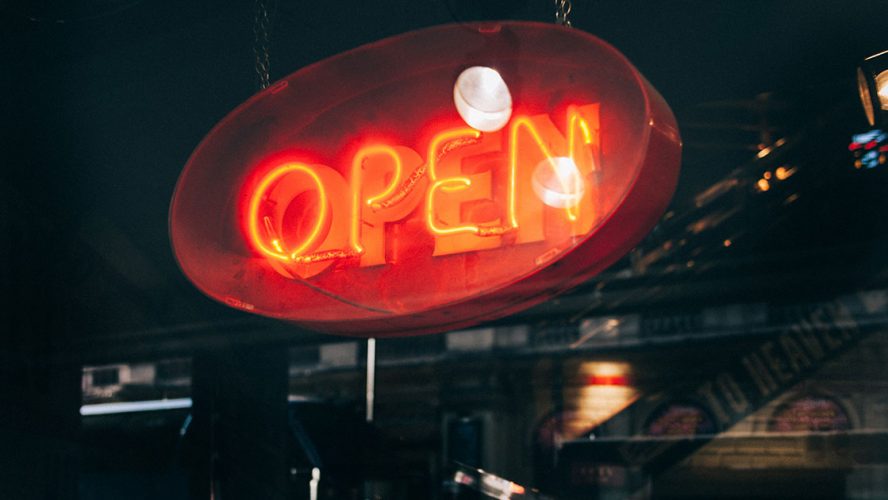
Eric Liguori
International Council for Small Business Knowledge Hub, Rowan University
January 2020 was a promising month for restaurants globally. According to the National Restaurant Association (NRA), 66 percent of restaurants reported same-store sales were up over January 2019. By all accounts, the restaurant industry was poised to have a stable and prosperous year.
In retrospect
As we look back over the 15 months since the pandemic began, a different reality unfolded. Experts expect half of the independent restaurants that temporarily closed due to the pandemic to never reopen.
Change and evolution are no strangers to the restaurant industry, an industry mature in its lifecycle. It is experienced in navigating shifts to the landscape. Look no further than the explosion of fast-casual dining over the past decade. But this pandemic was different from normal shifts; it wasn’t planned or forecasted, and it didn’t slowly unfold over a number of years. Rather, it was an abrupt shock, challenging the core of most restaurant business models.
Almost overnight, many restaurants found the entire way in which they received orders and distributed food fundamentally changed. Rather than customers dining in and placing an order in person to a server, almost all orders were now being received digitally or by phone, and were for take-out or delivery, necessitating new technology, packaging, and staffing models.
Supply chains were disrupted as factories shut down — some because they were deemed non-essential, and others because of outbreaks of the virus impacting staff, making it difficult for some restaurants to not just get their normal food orders, but also the added quantities of personal protective equipment necessary to operate safely.
The industry’s future
While there is cause for optimism that the pandemic may be nearing an end, the restaurant industry will remain forever changed. There are several key shifts (good, bad, and indifferent) we should expect:
- Consumer preferences for food and food safety have changed. Some elements of the new normal will remain in effect as some consumers remain hesitant to share food; they’ll continue to opt for to-go and delivery options. Family-style restaurants, for example, can shift toward having more individually portioned meal options for more cautious consumers.
- Customers should expect a heightened level of sanitation and protection as they begin to ease back into indoor dining. These new-normal expectations will range from short term, low-cost changes, such as expecting all staff to wear face masks), to more long-term and capital-intense options, such as innovating floor plans to provide more physical space. This will improve ventilation and open-air options. Additionally, restaurants should consider installing additional hand-sanitization stations throughout.
- The drastic improvement most restaurants underwent to launch and/or scale the technology powering their ordering, payment, and delivery options will remain requisite. Things like online ordering and using QR codes to access menus and pay bills are likely here to stay. Doing so enables restaurants to be more agile in changing menu options and pricing. They will also be able to capture customer data in new and interesting ways (e.g., rewards programs, email marketing).
- The industry as a whole lost a tremendous amount of human capital due to mass layoffs. Many former employees have now found employment in other places and some will never return to the industry. In the short-term, restaurants should expect to provide an above-average level of training and onboarding of new staff as operations begin to return to pre-pandemic levels, which equates to more of a nuisance than a burden.
- Regulations around food and alcohol service beyond the walls of the restaurant changed out of necessity. As restaurants struggled to survive the pandemic, many municipalities put temporary rules into effect allowing for to-go alcohol sales, loosened open-container laws and more service to sidewalks and other restaurant-adjacent areas.
Speaking to the potential permanency of these types of changes, Mark Pettinger, a spokesman for the Oregon Liquor Control Commission, said, “This is almost like a trial period for a lot of these temporary rules, changes, and processes. So if they go well, and if the stakeholders are in agreement, and decide there’s a public good and a benefit to these kinds of things, there’s a chance these things become permanent.”

